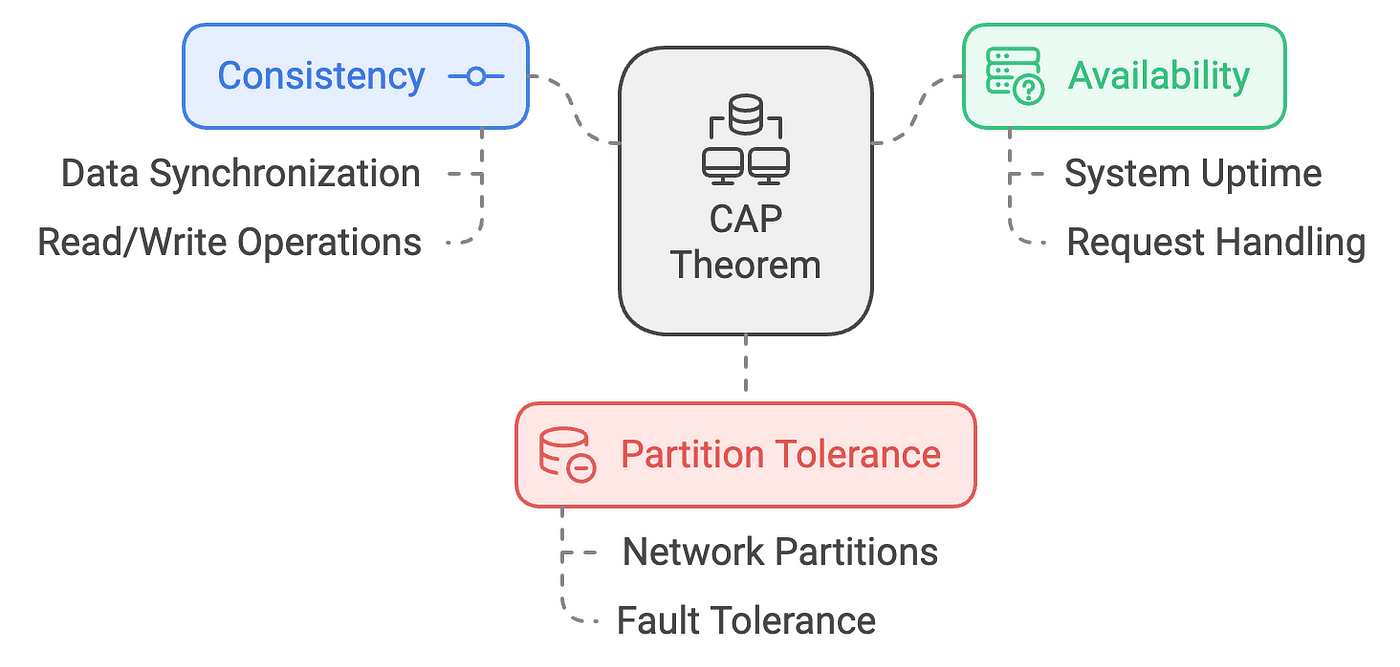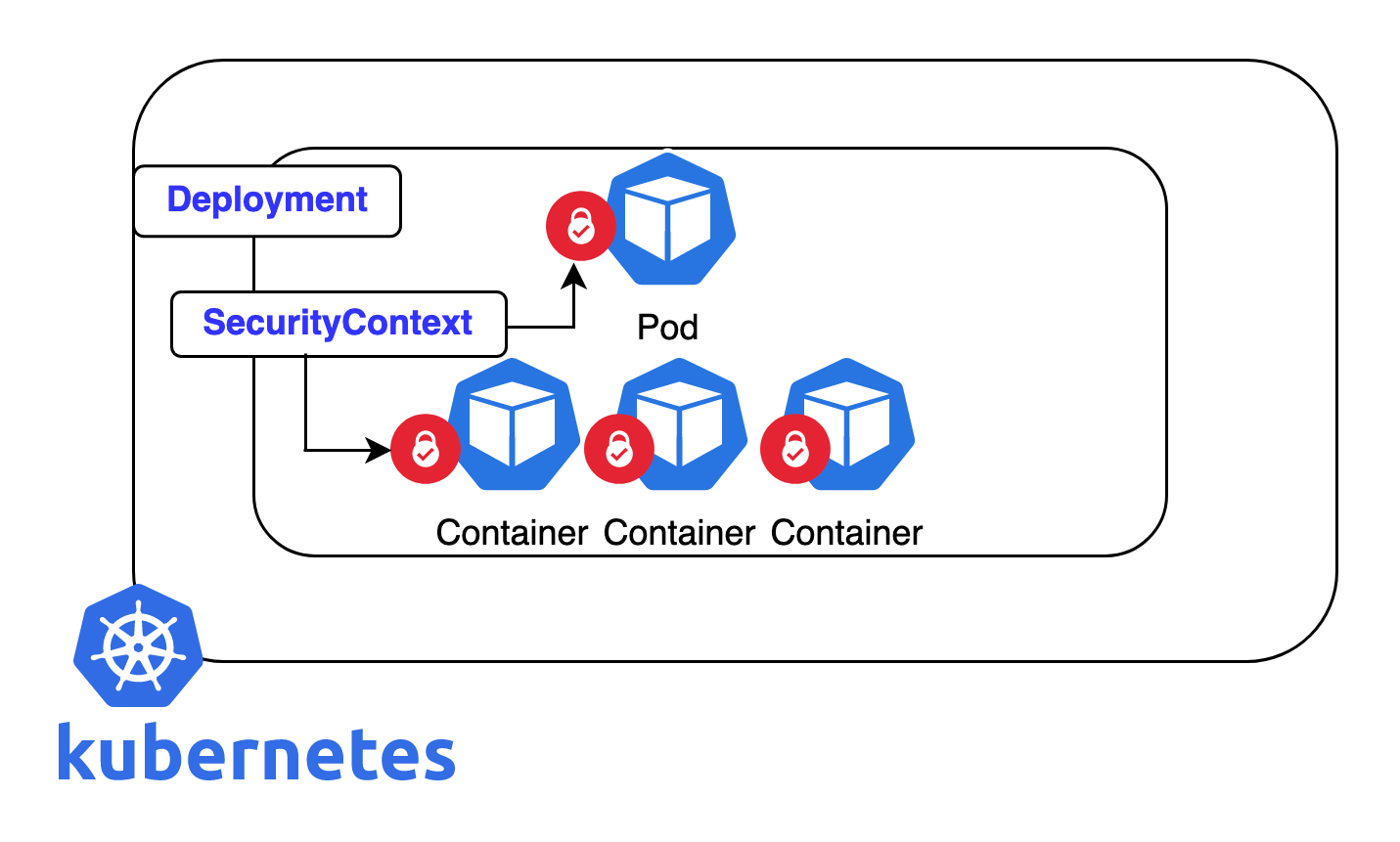Scaling Stateful Connections to Millions
In a world of high-traffic IoT systems, delivering real-time data updates is critical for enhancing user experience. A scalable architecture is essential to manage continuous streams of information from connected devices, be it for smart home applications, industrial monitoring, or connected vehicles. Here, we’ll discuss a general technical approach to building a high-scale, reliable event-streaming platform, using a Connected Vehicle Platform (CVP) as an example.We are building a high-scale connected vehicle platform for one of the leading automobile manufacturers. Currently,...
Read








